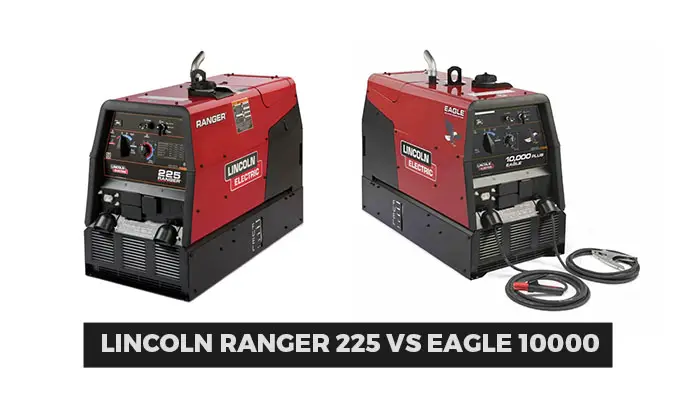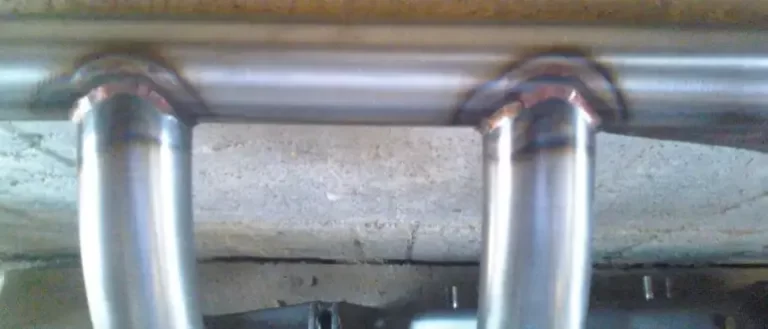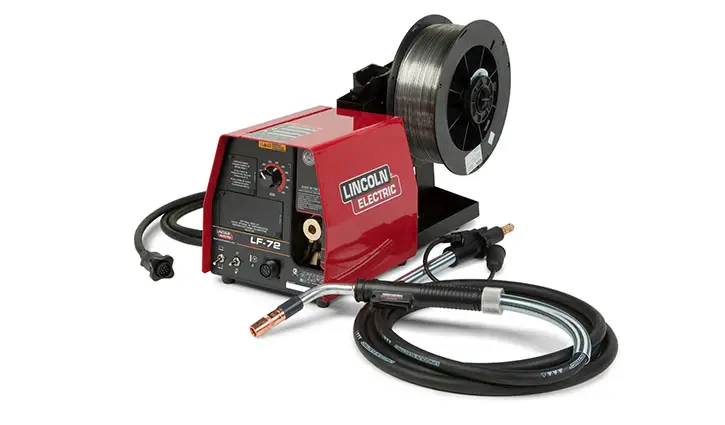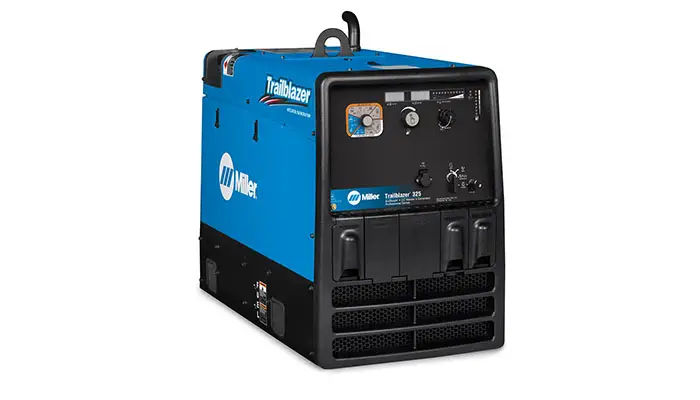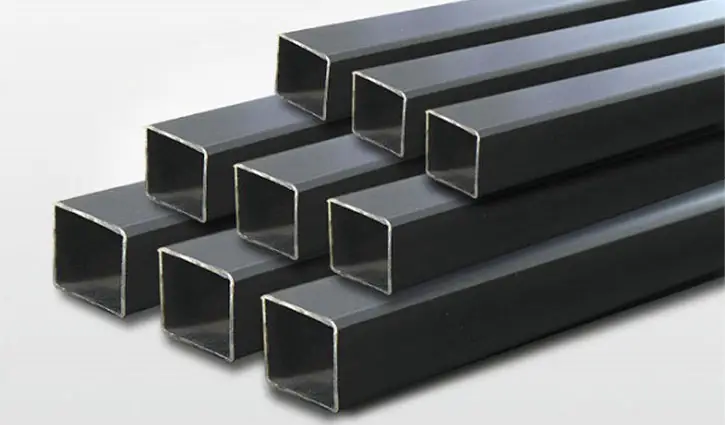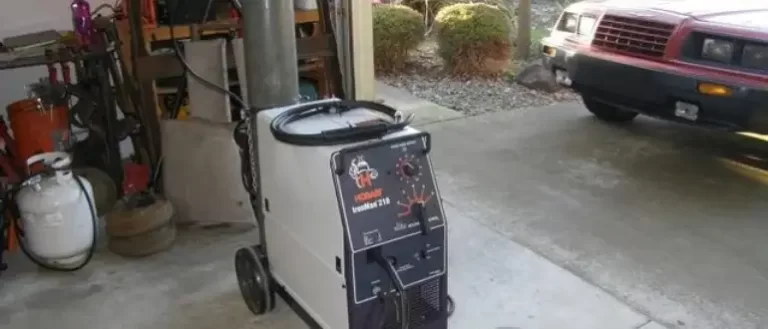Lincoln Viking 1740 Review: Top Welder’s Choice?
When it comes to welding, having a reliable helmet is key to safety and performance. I’ve spent some time with the Lincoln Electric Viking 1740, and it’s clear that the 4C Lens Technology sets a high bar for visibility and eye comfort. The matte black finish is sleek, but more importantly, the helmet’s clarity and true color view are impressive, easing the strain on my eyes during long sessions.

Improvements to the headgear padding have been a welcome change, adding comfort to the sturdy build. The green LED indicator for grind mode is a thoughtful touch. Despite its many features, it operates on simple AAA batteries, which I find convenient.
Table of Contents
Bottom Line
If you’ve been searching for a welding helmet that balances comfort with advanced technology, the Viking 1740 might be your match.
Its crystal-clear lens and improved headgear comfort stand out in the workshop.
Give this Lincoln Electric model a try and see the difference for yourself. Get yours today.
Overview of the Lincoln Electric Viking 1740 Welding Helmet
Wearing the Viking 1740, I immediately noticed the crystal-clear view it offers, likely due to the 4C Lens Technology. This tech not only provides a distortion-free view but also significantly reduces eye strain, something I’ve experienced with lesser helmets. I’ve appreciated the improved headgear padding; it made long sessions more comfortable. A handy feature is the grind mode indicator, which confirms with a green flash that I’m in grind mode – no second-guessing. Adjusting shade, sensitivity, and delay settings is intuitive, making this helmet versatile for different welding jobs. While it’s powered by common AAA batteries, they’re included, so it’s ready to go right out of the box. Even with glasses, the helmet accommodates magnifying lenses which has made my welding work much clearer.
4C Lens Technology
During my time with the Viking 1740 welding helmet, the 4C Lens Technology stood out tremendously. It’s not just marketing speak; the clarity is genuinely remarkable, providing an unblemished view that allows for precision work, with no blur or distortion. The true color and consistent brightness even at different angles helped reduce eye fatigue significantly. This technology elevates the entire welding experience, although it is vital to keep in mind that your environment’s lighting may affect visibility.
Comfortable Headgear Design
After trying it on, I immediately noticed the improved padding that Lincoln Electric has introduced in their Viking 1740 welding helmet. It’s comfortable, even when you need it on for an extended period. Adjusting the headgear to fit over other protective equipment, like a hard hat, was a breeze. Despite the snug fit, there’s enough flex in the design to prevent it from feeling constricting, a common issue with other helmets I’ve used. This matte black helmet balances comfort without compromising on stability.
Grind Mode Functionality
I recently had the chance to work with the Lincoln Electric Viking 1740 helmet and its grind mode caught my attention. The green flashing LED is a smart feature; it’s clearly visible, indicating you’re in grind mode without having to lift the helmet. It’s an essential function for me, as I often switch between grinding and welding. However, it’s not without drawbacks. While convenient, I found that remembering to switch modes is crucial to avoid flash burn. Despite this, the grind function adds versatility to this helmet, particularly for extended use.
Shade, Sensitivity & Delay Customization
After using the Lincoln Electric Viking helmet, I can attest to its versatile shade settings. The variable 9-13 shade control allows for tailored light protection depending on the welding task at hand. I found the sensitivity and delay controls quite intuitive, helping me work in different environments and with various materials. While the sensitivity adjustments respond effectively to the arc signals, the delay setting proves useful when transitioning between welds. My experience has led me to appreciate these features, despite their simplicity, for the customization they offer in enhancing welding precision.
Battery Efficiency
I recently spent a day with the Viking 1740, and its battery life didn’t disappoint. Equipped with two AAA batteries, the helmet maintained consistent power throughout my long welding sessions. While I appreciate not having to frequently change batteries, I did notice a slight dip in performance as they began to drain. It’s a solid setup for casual welders, but professionals might require more longevity.
Pros and Cons
Pros
After using the Lincoln helmet, I’ve noticed the 4C Lens Technology truly elevates the welding experience by providing a crystal clear view that makes it easy to see what I’m working on, thus improving my welds. The helmet’s comfortable padding and lightweight design mean I can work for hours without strain. The grind mode is a useful feature, indicated by a handy green flashing LED, which avoids any guesswork.
Cons
However, the helmet did feel a bit smaller compared to others I’ve used, which required some adjustment on my part. For welders used to larger helmets, this might be a slight inconvenience. Also, while the AAA batteries are user-replaceable, the necessity of having to buy and replace them is a consideration against the convenience of a rechargeable unit.
Customer Reviews
In my experience with the Viking 1740, I’ve found that it really shines in terms of comfort and functionality. It’s become a reliable piece of equipment for my welding projects. The helmet’s lightweight design doesn’t strain my neck, even after a long day. I’ve also tweaked it a bit to suit my needs, like some users who easily adjusted the headgear. The true color lens is a standout feature—making the weld puddle sharp and clear, enhancing my precision. A fellow user mentioned the helmet’s high responsiveness, which I wholeheartedly agree with. Although smaller than some alternatives, the compact size wasn’t a hindrance. Durability-wise, it’s too early to tell, but Lincoln Electric’s reputation gives me confidence. While some find it pricier than basic models, the consensus is that the quality justifies the cost. Overall, it has solidified its spot in my toolkit.
Conclusion
Recently, I had the chance to use the Viking 1740 helmet by Lincoln Electric, and I’ve found it to be quite impressive. The true color viewing and responsive shading stood out during use. It’s lightweight enough for continuous wear without discomfort. Adapting it for use with a hard hat was simple, an essential feature for professionals. Some may find the smaller size takes getting used to, but the enhanced clarity when welding is a definite advantage. Overall, it’s a reliable choice for anyone in the field.
Frequently Asked Questions
What are the key features of the Lincoln Viking 1740 welding helmet?
From my experience, I’ve noticed that the Lincoln Viking 1740 has a crystal-clear view during welding, thanks to its 4C Lens Technology. The true-color view of the arc and puddle really helps with precision. Enhanced headgear comfort and a grind mode with an indicator light are features I find practical. Plus, the control for shade, sensitivity, and delay is variable and quite intuitive to use.
How does the clarity of the viewing area in the Lincoln Viking 1740 compare to other models?
Having tried various helmets, I can say the 1740’s 1/1/1/1 optical clarity rating stands out. It delivers a sharp view without imperfections like blurriness or distortion. Its performance is consistent even when looking at an angle, which is a step up compared to some other models I’ve used that tend to have slight distortion at the edges.
What type of battery does the Lincoln Viking 1740 helmet use, and how long does it typically last?
The helmet operates with two user-replaceable AAA batteries, which are included. From my time with it, the batteries have a decent lifespan; however, the actual duration will depend heavily on the welding frequency. In my case, the helmet has been running for several months without needing a battery swap.
Can the Lincoln Viking 1740 accommodate a cheater lens or magnifying lens?
Yes, I was able to fit a magnifying (cheater) lens into the Lincoln Viking 1740 easily. This feature is excellent for someone who needs a bit of magnification while welding. I inserted a 2x diopter, and it has eliminated my need to wear glasses underneath, enhancing my welding precision.
Does the Lincoln Viking 1740 welding helmet come with a warranty, and if so, what does it cover?
The helmet does include a warranty, which brings peace of mind. While I haven’t had to use the warranty myself, it’s there to cover any defects in materials or workmanship. The exact terms and duration of the warranty should be checked with the manufacturer to ensure you know what’s covered.

